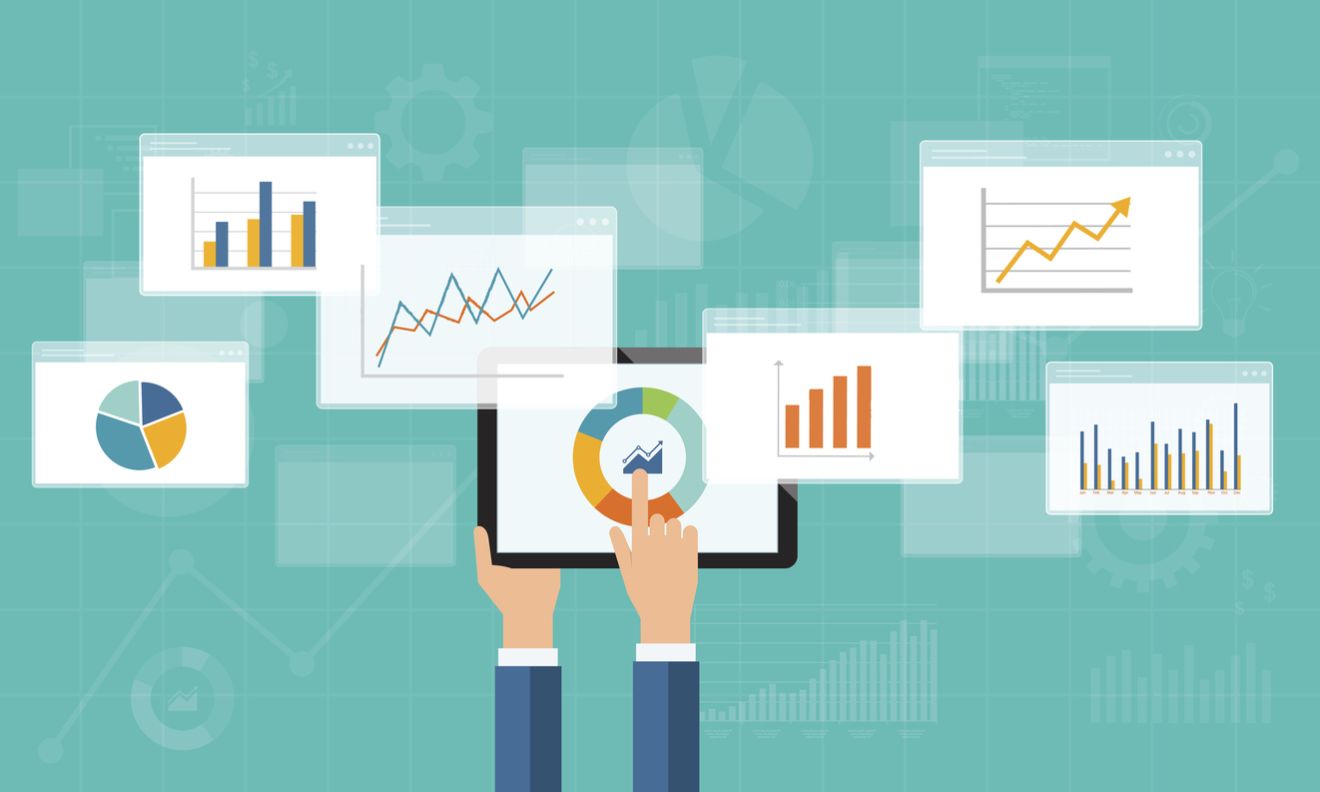
Analytics is becoming increasingly sophisticated but make sure you know why you’re investing in Big Data technology
When ‘Big Data’ and ‘analytics’ became business buzzwords around 2010, Donald MacDonald did not think it was anything particularly new. The head of Group Customer Analytics & Decisioning (GCAD) at Singapore’s OCBC Bank had been working in the data mining and analytics sector since 1995 and saw Big Data as nothing more than the “next evolution in the sophistication of how we do analytics”.
“I use the word ‘evolution’ instead of ‘revolution’ because fundamentally analytics haven’t changed,” explained MacDonald. “It’s always been about getting data, using that data to answer business questions, generate insights and acting on them to generate value. That was true in the Analytics 1.0 world [with structured data] and it is true in the Big Data analytics world.”
Speaking at the recent 7th Annual SKBI Conference 2017 on “Advances in Data Science and Implications for Business”, MacDonald gave examples of how OCBC used Big Data to increase revenue.
“There are millions of swipes on OCBC cards every single day – my team is tapping into that information in real time, so every time you swipe an OCBC card we figure out where you are,” he says, pointing out Big Data platforms’ ability to handle real-time information. “We load up your profile, find out what spend segment you are interested in and look to see if there are any offers in your immediate vicinity. If there are, within two seconds of your swiping the card you’ll receive an SMS about a relevant offer just down the road.
“Those types of campaigns [produce] an average conversion rate of about 20 percent. That’s 10 times higher than the same type of campaign done through an SMS push. That shows you the incremental value you can bring just by being contextually relevant to what the customer is actually doing.”
Cheaper, Newer, Faster
Since embracing the Big Data movement, OCBC has garnered major awards including The Asian Banker’s Best Data & Analytics Initiative for Group Customer Analytics & Decisioning in 2015. However, MacDonald was hesitant about jumping on the Big Data bandwagon back in 2013.
“We’d been doing Analytics 1.0 for a long time and we felt we were pretty good at it,” he elaborates. “More importantly, were also generating a lot of value – 30 to 35 percent of our consumer banking comes from analytics. We were thinking, ‘Why do we have to change our model?’
“Even before Big Data we can see every customer, every account, every transaction that takes places at our businesses across the region. For our customers, we can see their demographics, what’s their life stage, where do they live, what type of housing do they live in. From their salary credits, we can see where people work, how much they earn.”
Add to that the information about where customers use their credit cards, OCBC had a fair idea about a person’s favourite restaurant, whether they had kids, or if they were blue-chip stock holders or penny stock day traders. It would appear OCBC knew all they needed to know about its customers to generate maximum revenue. So why invest in Big Data?
“With a Big Data platform, we can take systems now and forklift the entire system and dump it in its raw form into the Big Data platform,” MacDonald explains. “We can do that much faster and cheaper than the old days. On average, it costs about five percent of what it used to to bring in new data sources.
“It was also about timeliness and relevance. Data used to be processed in daily batch cycles. I would know about a transaction at the bank at 3pm, and turn it into an insight at 7am the next day. But you might be telling me stuff right now while I’m interacting with you and I’m not using it or being relevant to your current needs as I could be.”
He adds: “It used to be about structured data warehouses, now we have a lot more options about how we use and store our data. Now we can analyse things like voice and image. In the old days, we got our data on a daily basis, on a weekly basis, on a monthly basis. Now we get access to granular information often in real time.”
Know why you are paying for Big Data
Before OCBC embarked on its Big Data journey, it had spent $100 million building a state-of-the-art structured data warehouse that fueled its campaign management and Customer Relationship Management (CRM) systems. While asking for more money to build a Big Data platform would lead the CEO to “look at you a little funny”, MacDonald knew why he was making that commitment.
“We had a clear idea of what we wanted to do with the Big Data,” he says. “We knew why we were recommending it. We knew the benefits it would create. But looking at the marketplace there seems to be a lot of people going into Big Data because it’s the latest buzzword and they have to be seen doing it.
“My advice would be: Don’t be bogged down by the technology. Ignore the buzzwords. It’s all about the benefits. Make sure you know what you’re going to do with the technology once you have it.”
Follow us on Twitter (@sgsmuperspectiv) or like us on Facebook (https://www.facebook.com/PerspectivesAtSMU)